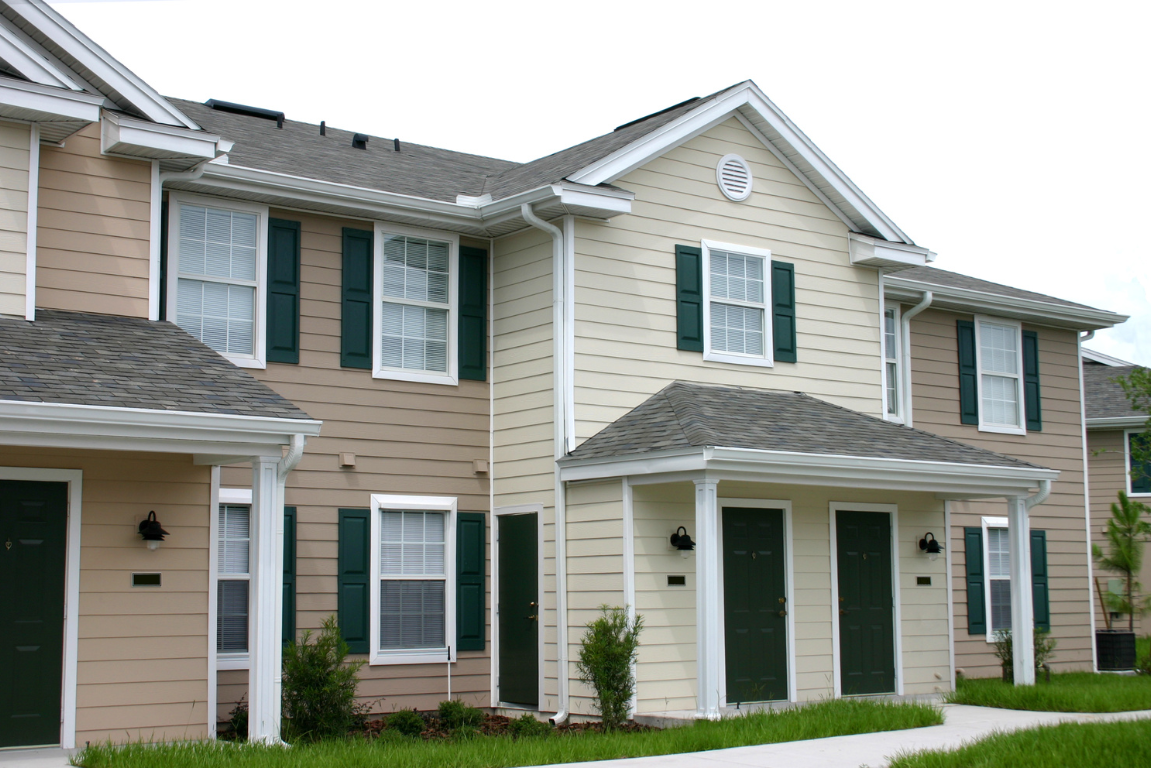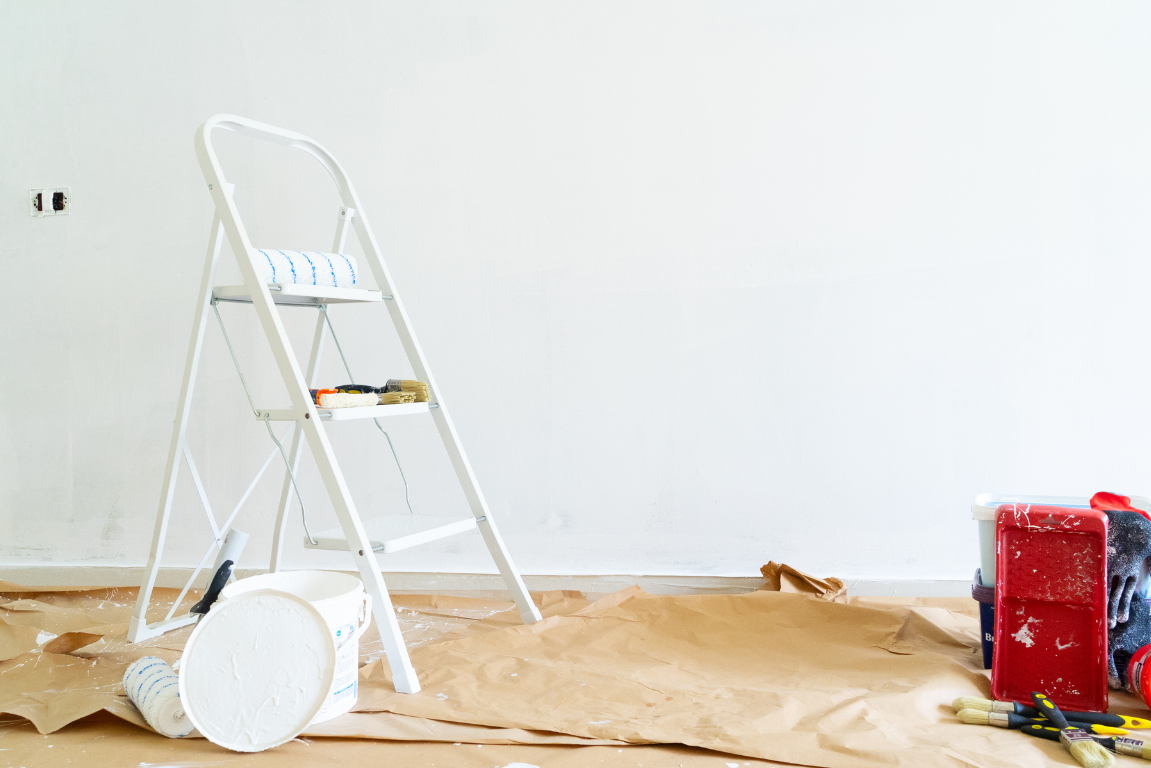Residential Methamphetamine or Fentanyl Decontamination
AA Decon’s team of knowledgeable and experienced professionals can help restore your property to its original, safe condition. Our clients choose us because of our combination of high integrity, fast turnaround times, and superior quality.
Our Core Values:
All in on Safety
Fierce Integrity
Set the Standard
Extreme Ownership
For Family
Our Core Values:
Fierce Integrity
Extreme Ownership
All in on Safety
Set the Standard
For Family
We Uncomplicate the Complicated
If this is your first time dealing with drug contamination in a property you own, manage, or are thinking of purchasing, you are probably feeling extremely overwhelmed and unsure.
Fortunately, AA Decon can make the process extraordinarily straightforward. If you are searching for an experienced, dependable, and honest remediation contractor to get the job done right and on time, look no further than AA Decon.

Cleaned as though our Own Family Were to Live There
One of our company’s core values is “Its all for Family”. This not only applies to the way we treat our employees, but also how we perform remediation services for our clients. By adopting this internal standard on top of the standards and requirements set forth by the Department of Health, we acheive the highest quality of clean for you and your family or tenants.
Ready for a Remediation Quote?
Your phone calls, emails, and texts are answered quickly by Craig, AA Decon’s co-owner. Avoid the voicemail box and get your questions answered completely and in one call. We’re ready to get your quote for decontamination started today.

Unparalleled Customer Service
Transparent Pricing
Property Care Experts
State-Wide Service Area
Meet our “On Time Guarantee”
We know that you are in a hurry to get this project completed. If this house is your primary residence, you and your family need your home back. If this house or apartment is a rental property, you need the property generating rental income.
Further, after our remediation work is done, build-back work is likely required. Thus, you need to be able to give sub-contractors a reliable start date so that you can get on their schedule.
For all of these reasons, we have developed our “On Time Guarantee”. Before we begin your project, we will give you a guaranteed completion date for when your property will be cleared for occupancy or build-back according to Washington Department of Health Environmental standards.
If we do not have your property ready by the date we promise, we will deduct from your final payment your property’s daily rental rate equivelance for everyday beyond the promised completion date.
Re-Build Services Available
Residential contractors are in high-demand these days. Fortunately, the leadership team at AA Decon has extensive property maintenance/home renovation experience. If your property needs new paint, trim, cabinets, flooring, etc. after your decontamination work is complete, AA Decon – a licensed General Contractor – can provide those services to take your project all the way through to the finish line. Inquiry with us today about our availability for your project’s rebuild!

Methamphetamine and Fentanyl Decontamination FAQ
What laws govern the cleanup of drug contamination in my property?
AA Decon’s team of decontamination professionals strictly follows all laws and guidelines for Methamphetamine and Fentanyl remediation. Those laws and guidelines are listed in Washington State Codes WAC 246-205, RCW 64.44, as well as the EPA’s Voluntary Guidelines for Methamphetamine and Fentanyl Laboratory Cleanup. In addition to State and Federal guidelines, we are also up to date and experienced in all local guidelines outlined by County Health Department officials.
How is decontamination performed?
Decontamination can be broken down into three phases.
First, the Trash-Out phase. Large amounts of garbage or personal items are often left behind by tenants or former owners of drug-contaminated properties. Washington laws RCW 70A.300 and WAC 173-303 govern the handling and disposal of Hazardous Waste at drug-contamination cleanup sites. In summary, all garbage or items in the contaminated areas are properly broken down, bagged, labeled, and disposed of at an appropriate hazardous waste disposal site. Industry-leading containment and air-quality protocols are implemented throughout this and all phases.
Second, unsalvageable building materials and removed and disposed. These materials may include carpeting, cabinetry, drywall, insulation, HVAC ductwork and equipment, appliances, light fixtures, and damaged doors. All items removed from the site are “rendered useless” (eg destroyed) prior to disposal to prevent salvaging.
Third, the area is prepared for chemical application via HEPA vacuuming, air scrubbing, and initial rinsing. These preparatory measures remove the soil load (dirt, tobacco or marijuana smoke, grease, cobwebs, and other particulates) that would prevent the chemical application from being effective.
Finally, a proprietary quaternary ammonium/peroxide based compound is applied to all surfaces of the home. After the product has acheived the necessary dwell-time, the product is rinsed from all surfaces.
Post-Decontamination sampling is always performed to verfiy that the required decontamination standards listed in WAC 246.205.541 are met.
What is the price of decontamination?
After reviewing your property’s current condition and its Pre-Assessment Sampling Report, we will provide you with a comprehensive proposal that includes our recommended work plan and bid.
Our fast and effecient crew coupled with our modern and streamlined business practices leads to consistently competitive pricing. With that said, our price for remediation may not always appear to be the lowest bid at first glance. However, when you factor in both the speed of completion and the reduced build-back burden that our team delivers, our proposal will always be a front runner for your project.
When is my property considered "contaminated"?
Decontamination standards for properties affected by Methamphetamine contamination have been set forth in the Washington Administrative Code 246-205-541. Those standards are 1.5 micrograms/100cm² for methamphetamine and 1 PPM for VOCs.
No decontamination standard has been officially set for Fentanyl. However, do to the extremely hazardous nature of Fentanyl and most likely cause of Fentanyl contamination, we recommend considering a property with any detectable amount of Fentanyl, in any of its analogues, contaminated.
Why has the "contamination standard" changed overtime?
If you have performed any of your own researc regarding Methamphetamine contamination online, you may have learned that WA’s decontamination standard has changed over the past. This is because in 2014, Washington health-officials and law-makers decided to change the standard from what they considered a “feasibility-based” standard of 0.1 ug/100cm² (feasibly acheived based on modern analtical and remediation technologies) to a “health-based” standard of 1.5 ug/100cm² (see WSR 15-01-041. )
The study behind the new “health-based” standard was performed by the Colorado Department of Health in 2005. The study compared available toxicology data (known effects of Methamphetamine exposure in fetuses and animal studies) to estimated exposure rates at various decontamination standards.
Presently, the new “health-based” standard of 1.5 ug/100cm² is still in place.
What are the health effects of exposure to Methamphetamine or Fentanyl?
According to the Washington Department of Health (Guidelines for Environmental Sampling at Illegal Drug Manufacturing Sites, Appendix A):
“The effect of methamphetamine on the development of the nervous system is known from studies of fetuses exposed in the womb of female methamphetamine users. No studies have evaluated the health effects of children directly exposed to methamphetamine in illegal drug labs. The studies have shown significantly lower intelligence testing scores compared to infants not exposed in the womb, and that those exposed may be at risk later in life for subtle neurological abnormalities. Numerous physical malformations resulting from prenatal exposure to amphetamine and methamphetamine have been reported including cleft lip, cardiac defects, low birth weight, reduced head circumference, biliary atresia, cerebral hemorrhage, low body fat, systolic murmur, and undescended testes.
Numerous animal studies have been conducted to evaluate the health effects of methamphetamine exposure. Studies conducted on rats and monkeys have demonstrated the adverse effects of methamphetamine on the central nervous system, selective reductions in brain serotonin and dopamine concentrations, and neurological damage. In a 1998 study, rats exposed to methamphetamine were observed to have increased occurrences of retinal hemorrhages compared to control groups. In another 1998 study conducted on baboons, methamphetamine produced long-term decreases on brain dopamine axonal markers at all doses tested. In a 1994 rat study, methamphetaminetreated groups exhibited reduced locomotor activity compared to untreated groups. A 2003 rat study supported the position that neonatally methamphetamine-exposed animals may exhibit hypoactivity. In other studies, reduced body weights were observed in rats exposed to methamphetamine.”
Does the whole structure need to be decontaminated?
All areas of the home, including non-living spaces such as attic, garage, and crawl spaces, need to be assessed and accounted for in the Work Plan. For the structure to be considered successfully decontaminated, all areas of the home need to meet the decontamination standard of 1.5 ug/100cm2 or below.
Thus, remediation measures may vary room to room and some areas of the home may require far less remediation than others.
What if I accidentally painted over the walls before discovering drug contamination?
Accidental encapsulation is common, especially in apartment homes and rental units. The quaternary-ammonium formula we use to acheive decontamination can penetrate Latex-based paint to effectively remediation contaminants underneath the new paint. Oil-based paint, however, cannot be penetrated. In that case, removal of the drywall will be necessary to meet the decontamination standard.
Will you have to remove any drywall?
Most of the time, we can successfully acheive decontamination without having to remove drywall. Usually, drywall removal is only necessary for unpainted drywall, previously damaged dryall, or when the property owner prefers drywall removal as the method of decontamination.
If holes exist in any wall, removing at least a section of drywall will be necessary. Wall voids are commonly used to store drugs and paraphernalia.
What condition will my property be in after decontamination is complete?
Long story short, your property will be the cleanest home on the street when we are finished!
In general, all porous materials, such as carpeting, inexpensive electrical items (such as fans or light fixtures), and appliances will be disposed. Occasionally, solid wood cabinets will have to be removed. HVAC ductwork and equipment will either be cleaned or disposed.
All remaining surfaces will have been thoroughly HEPA vacuumed, pre-scrubbed, and cleaned with a product that not only oxidizes inorganic compounds, such as Methamphetamine, but also eliminates all viruses, mold, and biological contamination. Thus, your property will be incredibly cleaned, sanitized, duct-free, and ready for build-back.
How safe will my property be afterwards?
A summary of a Colorado Department of Health study that examined the daily dosage of methamphetamine exposure to infants, children, and child-bearing women at various cleanup standards found that:
“Reference doses were provisionally identified from the available toxicity literature for use in comparing the estimated intake to an infant. The RfDs based on endpoints varying from neurotoxicity to developmental and reproductive toxicity ranged from 0.004 to 0.01 mg/kg-day. …
Based on the evaluation presented in this document, it appears that all three of the technology based cleanup standards for methamphetamine that were evaluated in this document are anticipated to be health protective of residents of former drug laboratories. The level of protectiveness demonstrated in this effort ranges from 10 to 100-fold at cleanup concentrations of 0.5 ug/100 cm² and 0.05 ug/100 cm² , respectively.”
Extrapolating those figures to apply them to WA’s current “health-based” cleanup standard of 1.5 ug/100cm², your home will have a “level of protectiveness” that is 3-fold greater than the reference doses currently believed to be toxic to infants.
Should I have a different contractor perform the final testing?
In WA, a contractor who carries out the work plan for decontamination at a property is allowed to perform the final testing as well. However, we never object to a client wishing to have another contractor perform final testing at a property where we have completed a work plan. Likewise, we are more than happy to perform the final testing of your project if you had another contractor perform the decontamination.
Keep in mind that only contractors who carry an active licensed from the WA Dept of Health are allowed to perform testing or decontamination for drug contamination.

Ready to get the ball rolling?
Your best route is to begin with an Accurate Assessment. Get in touch with the experts at AA Decon today to take the first step towards resolving your current situation.
Ready to get the ball rolling?
Your best route is to begin with an Accurate Assessment from AA Decon. Get in touch with our experts today to take the first step towards resolving your current situation.

